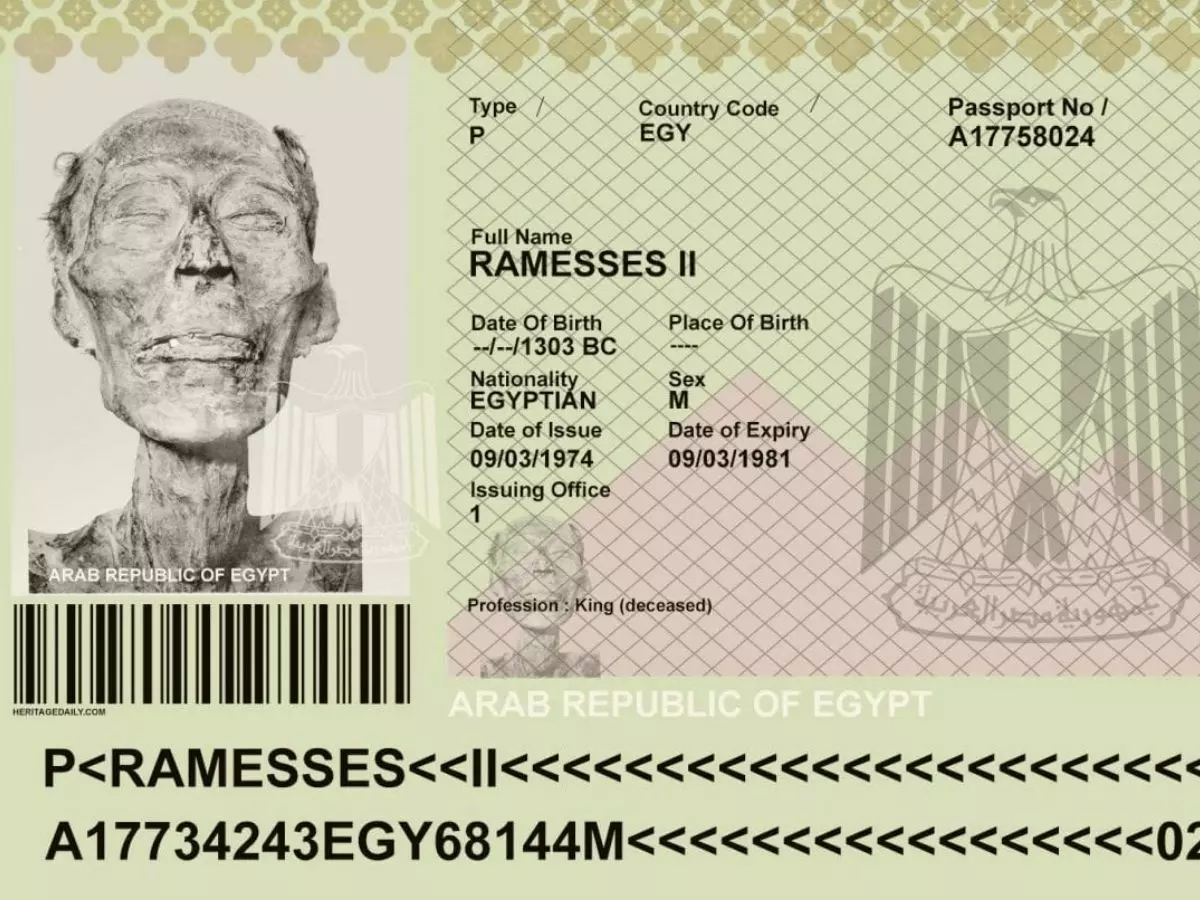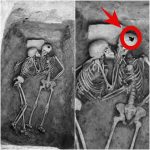Pharaoh with a Passport: The Strange Tale of Ramesses II’s International Journey

In a bizarre yet fascinating episode of modern history, the ancient Egyptian Pharaoh Ramesses II—dead for over 3,000 years—was issued an official Egyptian passport in 1974. Why? To legally allow his mummified remains to travel from Cairo to Paris for critical restoration and preservation treatment. French law required that all human remains, even those of ancient royalty, be accompanied by proper documentation. Thus, Ramesses II became perhaps the oldest person ever to receive a passport.

The passport, which listed Ramesses’ occupation as “King (deceased)”, was issued with his nationality marked as Egyptian and a birth year of circa 1303 BC. When his body arrived in France, it was reportedly greeted with full military honors—as befitting a visiting head of state. The mummy was taken to Paris’s Musée de l’Homme, where scientists discovered fungal infections threatening its preservation. Advanced treatment was then administered to halt the decay.

This surreal incident not only underscores the crossroads between bureaucracy, science, and respect for the dead, but also highlights the immense cultural value of Ramesses II. One of Egypt’s greatest pharaohs, he ruled for over 66 years during the 19th Dynasty and left behind monumental legacies such as Abu Simbel and the Ramesseum. Through this passport, he bridged millennia to remind the modern world of its ancient roots.









